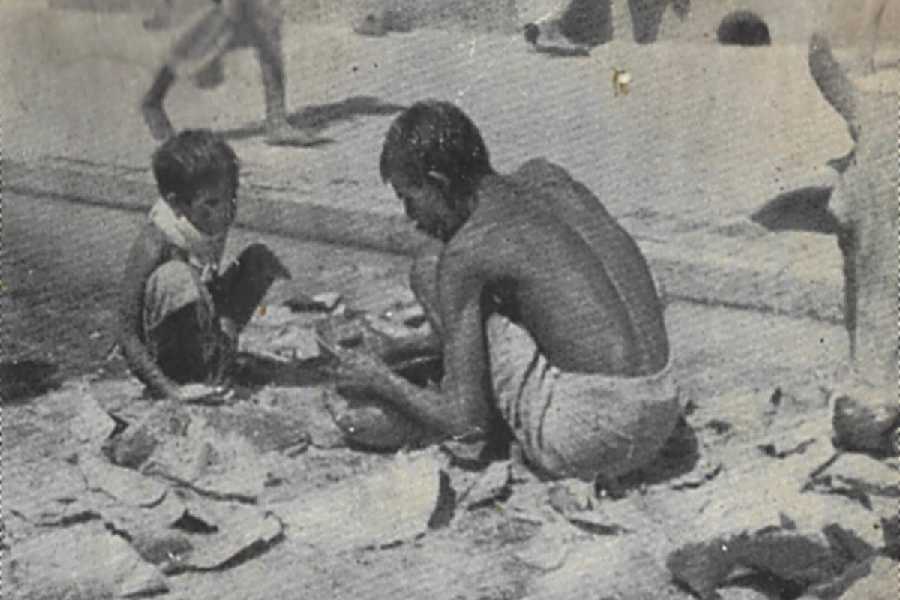On this day, the editor of Calcutta newspaper The Statesman, Ian Stephens, published a series of photographs of the people affected by the famine in Bengal.
The publishing of the shocking photographs, which showed emaciated or dead bodies, including dead or dying children, was a courageous act. Till then the colonial authorities were playing down the impact of the famine. The situation could not be referred to as a “famine” due to wartime censorship. Stephens found a way out — photographs were not prohibited. Stephens sent out photographers to capture the images that would show the reality of the horror.
The photographs created a stir worldwide and prompted the British government to sit up. Stephens published another series of photographs the following Sunday along with an editorial titled “All-India Disgrace”.
The famine, created by the British as they wanted to stockpile food for the Second World War and drained away Bengal’s and Orissa’s foodgrains, is believed to have killed between 0.8 to 3 million people.
Calcutta’s streets would be full of the hungry and the dying. In later years, the famine would be called a “genocide”.
For suggestions on dates/events mail us at: yesterdate@abp.in










